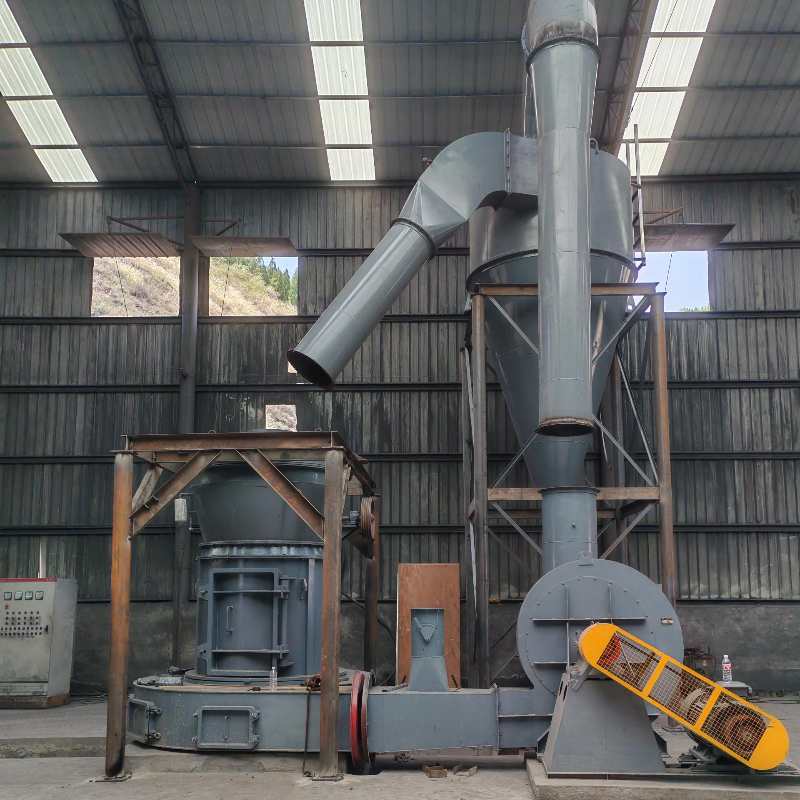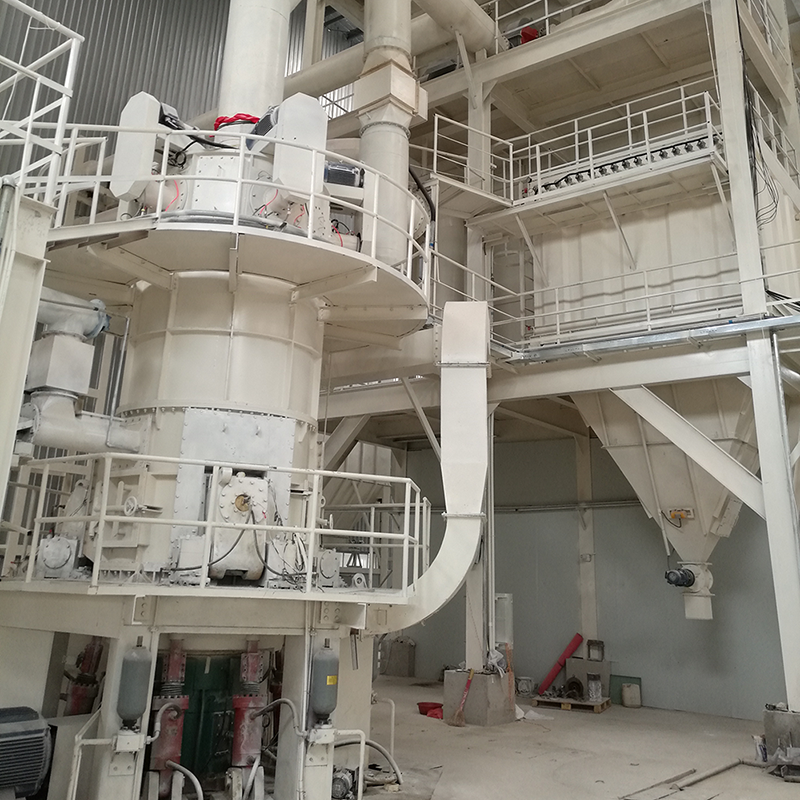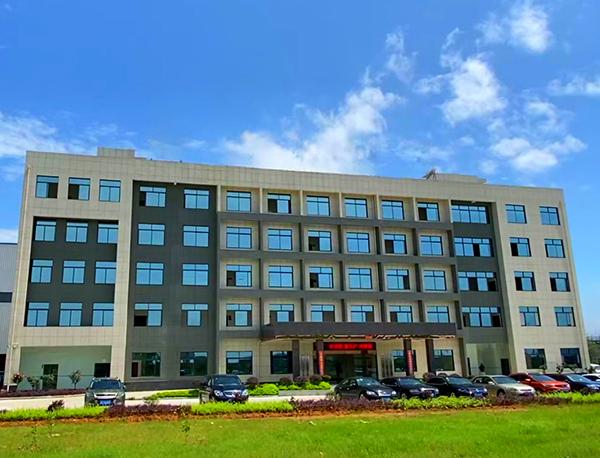Limestone is a sedimentary rock whose main component is calcium carbonate (CaCO3). Limestone is widely distributed on the earth and is usually formed in oceans, lakes and other bodies of water. It can also be formed from magmatic lava through the mineralization process. Limestone is widely used in construction, steel, chemicals, pharmaceuticals and other industrial fields.
Stage One: Grushing
After the limestone is initially crushed, it needs to be ground into smaller particles for a second time, using different crushing equipment.
Stage Two: Screening
centrifugal screens, and other equipment can be used for secondary screening to screen out the particles that meet the requirements.
Stage Three: Grinding
The screened limestone particles need to be further ground into powder using equipment such as ball mills and ring roller mills.
The Main Purpose
- Building materials: Limestone is an important component of building materials and is widely used in the manufacture of cement, lime, and other building materials.
- Metallurgical industry: Limestone is used as a flux and reducing agent in the metallurgical industry, which can help remove impurities and harmful substances such as sulfur from metals.
- Chemical industry: Limestone is used as a raw material for the production of fertilizers and other chemicals. For example, lime, calcium oxide, magnesium oxide, etc. can be produced from limestone.
- Food industry: Limestone is used to adjust the acidity of food, clarify juices and wines, etc.
- Environmental protection industry: Limestone can be used to control acidic substances in polluted water bodies and waste gases. For example, calcium oxide in limestone can be used to neutralize acidic substances in wastewater and purify water quality.
- Other areas: Limestone is also used to make industrial products such as glass, ceramics, and paper.













